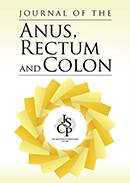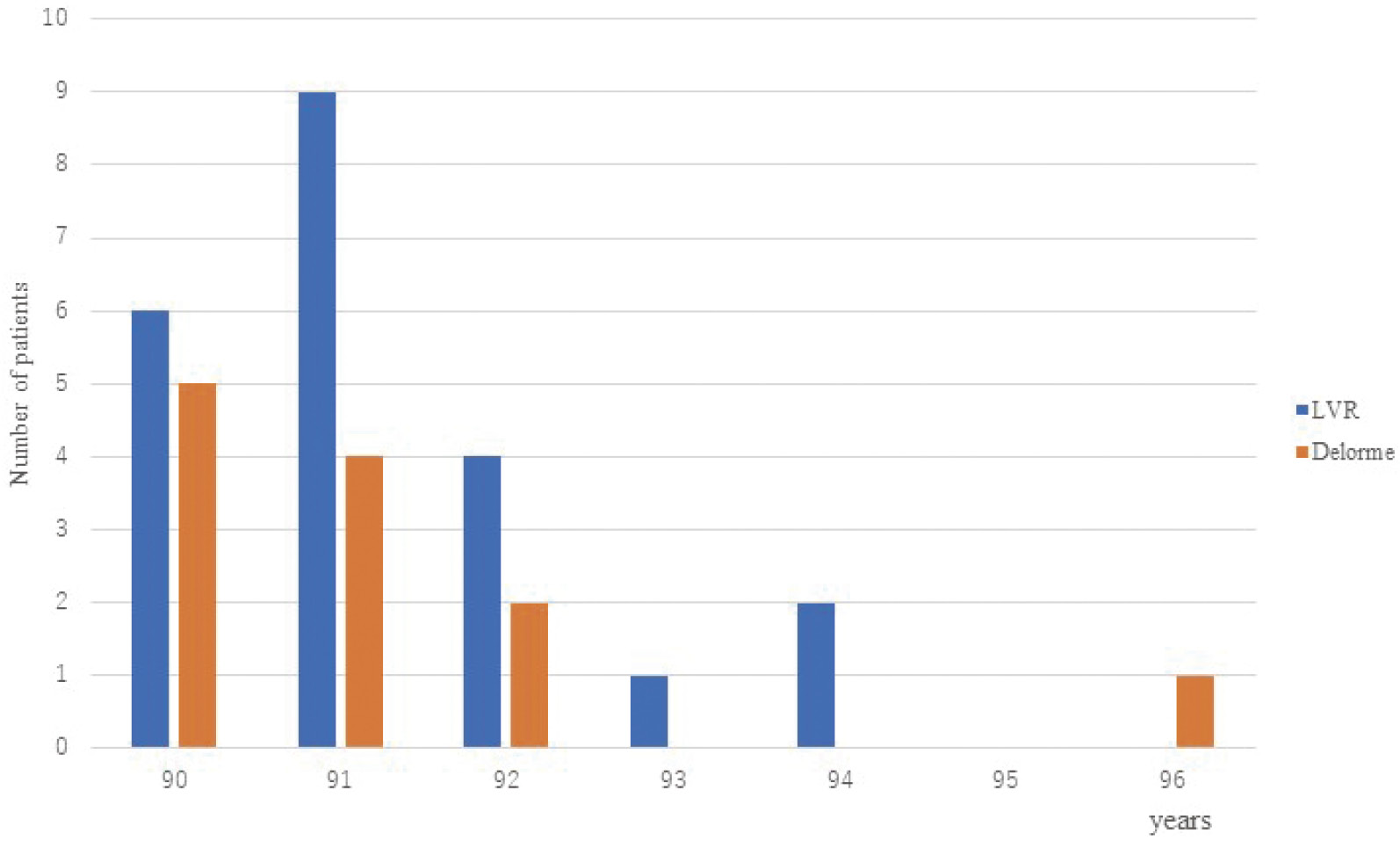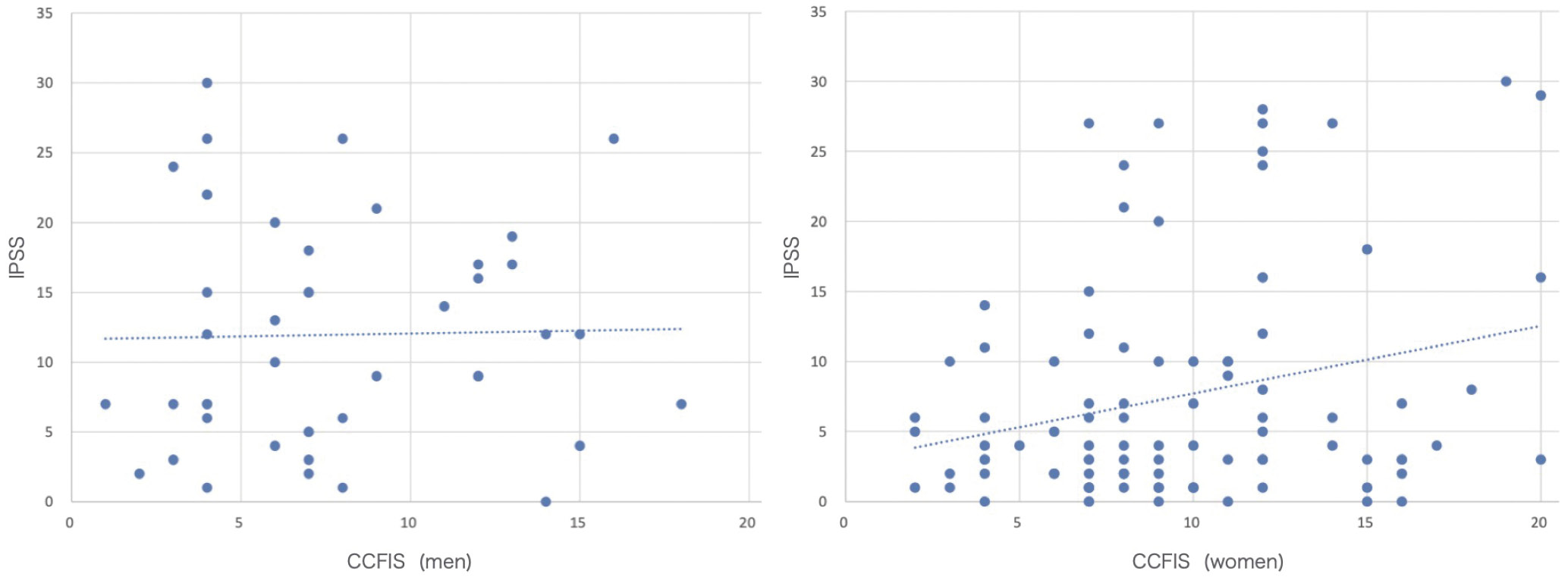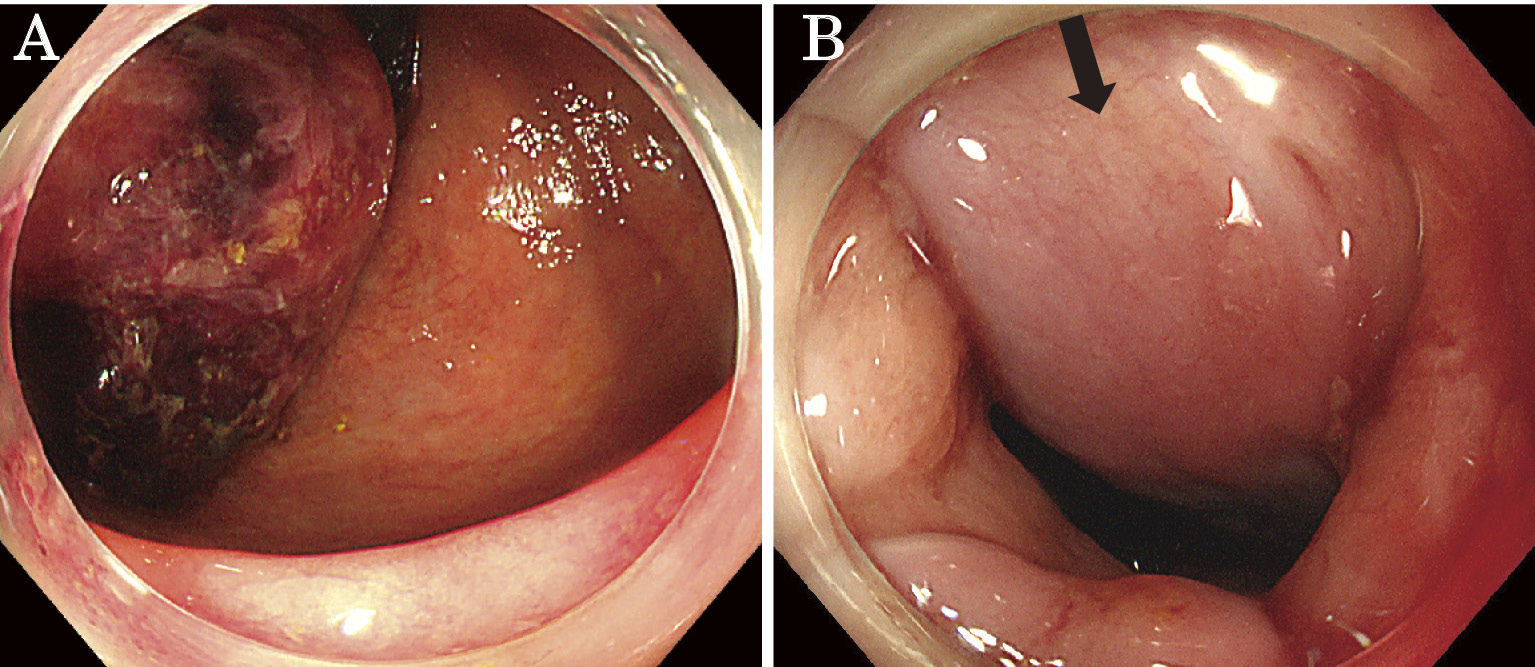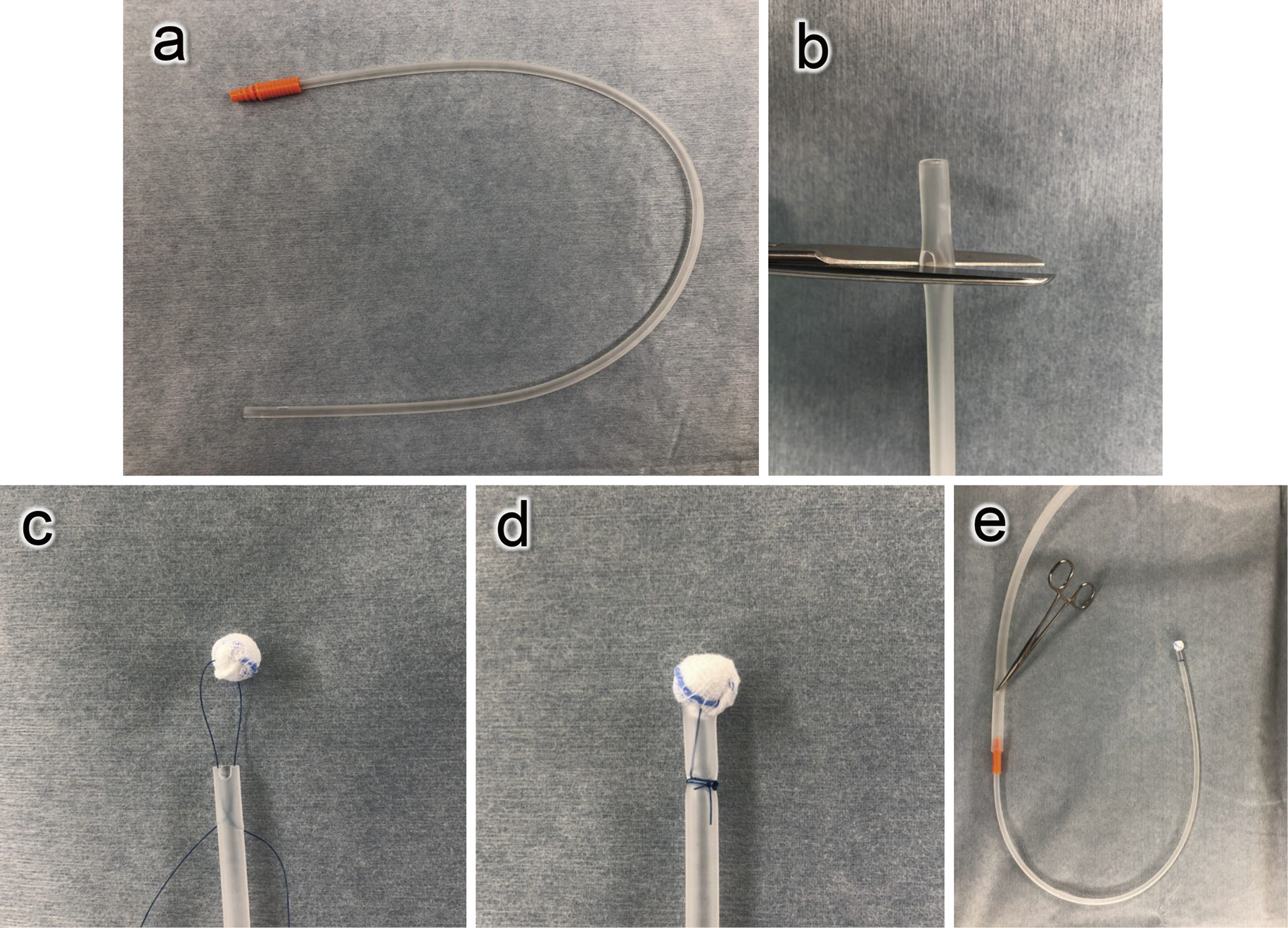Volume 8, Issue 1
Displaying 1-7 of 7 articles from this issue
- |<
- <
- 1
- >
- >|
Review Article
-
2024Volume 8Issue 1 Pages 1-8
Published: January 25, 2024
Released on J-STAGE: January 25, 2024
Download PDF (306K)
Original Research Article
-
2024Volume 8Issue 1 Pages 9-17
Published: January 25, 2024
Released on J-STAGE: January 25, 2024
Download PDF (845K) -
2024Volume 8Issue 1 Pages 18-23
Published: January 25, 2024
Released on J-STAGE: January 25, 2024
Download PDF (148K) -
2024Volume 8Issue 1 Pages 24-29
Published: January 25, 2024
Released on J-STAGE: January 25, 2024
Download PDF (200K) -
2024Volume 8Issue 1 Pages 30-38
Published: January 25, 2024
Released on J-STAGE: January 25, 2024
Download PDF (401K)
Case Report
-
2024Volume 8Issue 1 Pages 39-42
Published: January 25, 2024
Released on J-STAGE: January 25, 2024
Download PDF (659K)
How I do it
-
2024Volume 8Issue 1 Pages 43-47
Published: January 25, 2024
Released on J-STAGE: January 25, 2024
Download PDF (1033K)
- |<
- <
- 1
- >
- >|
